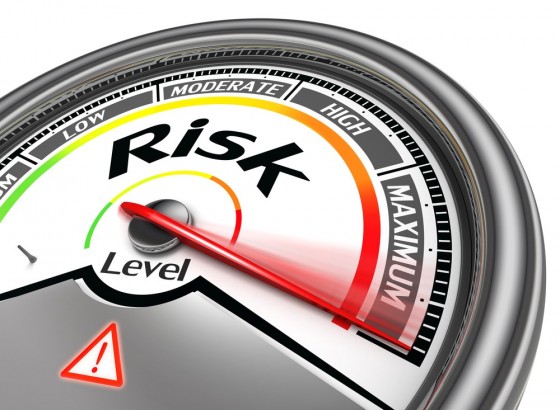Since the 1990s, we have seen major industries get disrupted by new technologies and innovation. The Internet and tech commoditization, increasing consumer demands, and rising competitive rivalry have all forced businesses to adapt and evolve. Managing disruption has made the overall business landscape much faster, uncertain and, at times, chaotic.
With the pandemic, we have had to adapt again to remote or hybrid work arrangements. While it has many perks, working remotely brings with it a new set of challenges that managers continually need to navigate. First, it is harder to read your team’s energy when you are not in the same office. Second, the number of meetings tends to increase in remote environments, which tends to lead to lower productivity. Third, not being in the same room sometimes reduces the speed of execution, resulting in bottlenecks and miscommunication.
Although working remotely comes with its challenges, here are four strategies that leaders can implement to better manage remote or hybrid teams and disruptive environments:
1. Build a Team for Adaptability
The most important capability to navigate a world of disruption is adaptability. Teams that are built with an emphasis on adaptability are able to pivot and change direction much faster, and are more likely to solve problems that they have not seen before. These teams are also able to navigate the nature of remote work.
Adaptable team members keep an open mind and may be more inclined to find new ways to collaborate with each other, and it may be easier for them to continuously pivot to changing regulations or rules. In other words, being adaptable allows teams to get the job done whether they are working from the office, a client site, or remotely.
2. Get Buy-In
Before starting on your journey, focus on getting your team to buy into your vision and mission. Show your team why the goals are important, and the prize that awaits everyone on the other side of the journey. Being bought-in makes your team more likely to push through uncertainty and change, especially when things get difficult. This can also reduce the need for constant oversight or micromanagement.
A team that is bought-in also feels more accountability with their work and with each other. This ensures teams are focused on getting results while supporting each other along the way. The resulting sense of investment also helps as burnout continues to be on the rise and the boundaries between work and life continue to get blurred while working from home.
3. Provide a Clear Plan and Establish Milestones
When things get chaotic, it helps to clearly define your roadmap and assign key actions to your team with ownership and accountability. When dispersed and facing uncertainty, direction is what a team needs most. Providing your team a clear action plan not only gets you marching on the same path, but may also make you more productive.
Being clear on your deliverables and establishing concrete milestones can help reduce distractions, making it easier to navigate uncertainty and change. This can also reduce virtual meetings to relevant team members working toward a certain milestone, which could boost overall team productivity and save valuable time.
4. Celebrate the Small Wins
When you are executing and being pulled in multiple directions, it is tough to take a step back from the nitty gritty day-to-day. Most of the work we do in transformational times does not yield results right away—it takes time. Especially when dispersed across different cities or countries, it is hard to see the progress we have made if we do not make a conscious effort to see the forest, not just the trees. Over time, this can contribute to burnout and lower productivity.
Celebrating the small wins helps your team see the progress they are making every day, and puts things into perspective. It also brings the team together, which is a must when working remotely and are not getting the social interaction that we need.

